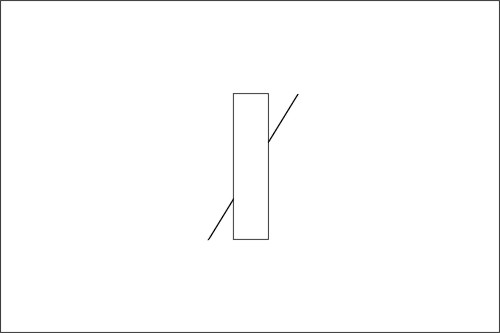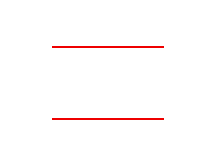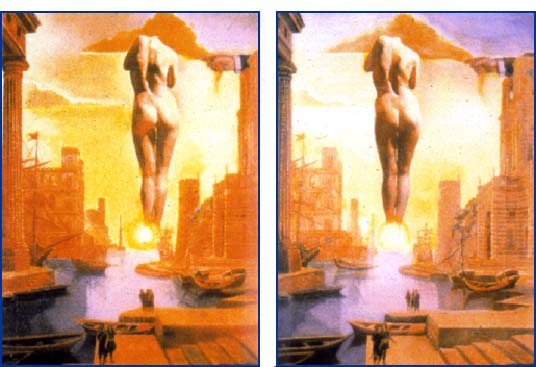When we look at an object, our two eyes see slightly different images of the object because they look at it from slightly different viewpoints. This results in two slightly different retinal images (projections of the object on the retinae, which are like screens in the back of the eyes). The small differences between these images are then "computed" by the brain, and used to determine the depth of the object and its three-dimensional shape.
The exhibit you saw in the science museum was a demonstration of this process, which is called "stereopsis". It's discovery is usually attributed to Charles Wheatstone (1838). Wheatstone reasoned that if he presented to the eyes two slightly different pictures, this would create two slightly different retinal images and a three-dimentional representation of the presented images would appear!
As you by now realize, the images you saw in the science museum where not identical. Some components of the images were "shifted" relative to one another. Master painter Salvatore Dali understood this principle. The two paintings below at first glance appear identical, but closer examination reveals that several components of the pictures are "shifted". The woman, for example, stands directly on the sun in the right picture, but is shifted to the right in the left picture. In this arrangement, looking at the right picture with your right eye and at the left picture with your left eye will create the vivid impression of a woman "coming out" of the picture in 3D! The glasses in the science museum were filters that allowed each eye to see only the appropriate picture. Wheatstone achieved the same purpose with mirrors. With practice, you can do it by simply "diverging" your eyes, that is by letting your eyes drift outwards towards the picture they should see. To acheive this, only relax your eyes and try to look "behind" the pictures. Note that the same effect can be acheived by switching the pictures and crossing your eyes!
It is easy to create your own "stereograms" using for example Adobe Photoshop or Illustrator. Just create two identical images, then shift some components!
I hope this helps. For more information, have a look at any good "Perception" textbook, under "stereopsis". They are usually availble in all university librairies.
Good luck and all the best to you! Benoit


